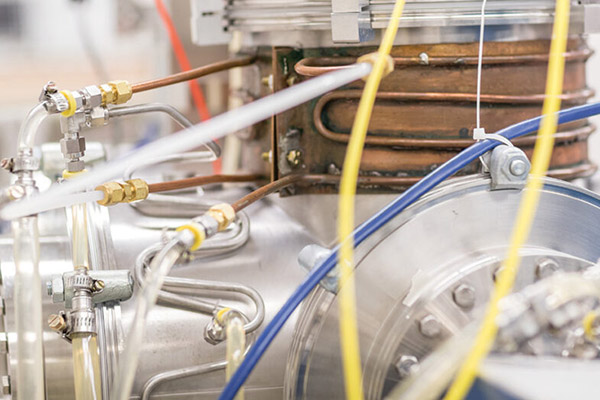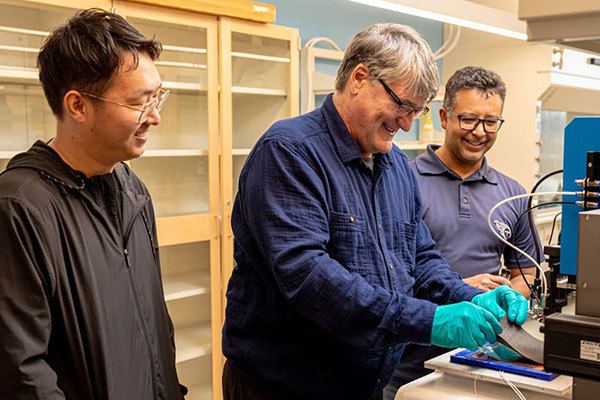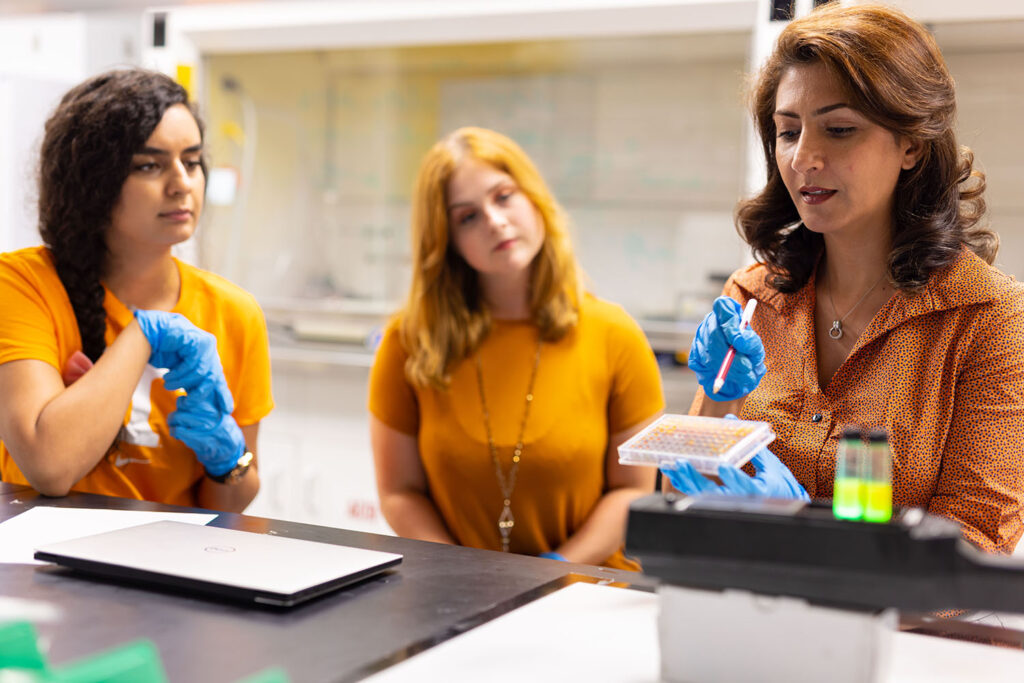clean energy systems
Enabling clean, reliable and affordable energy for all
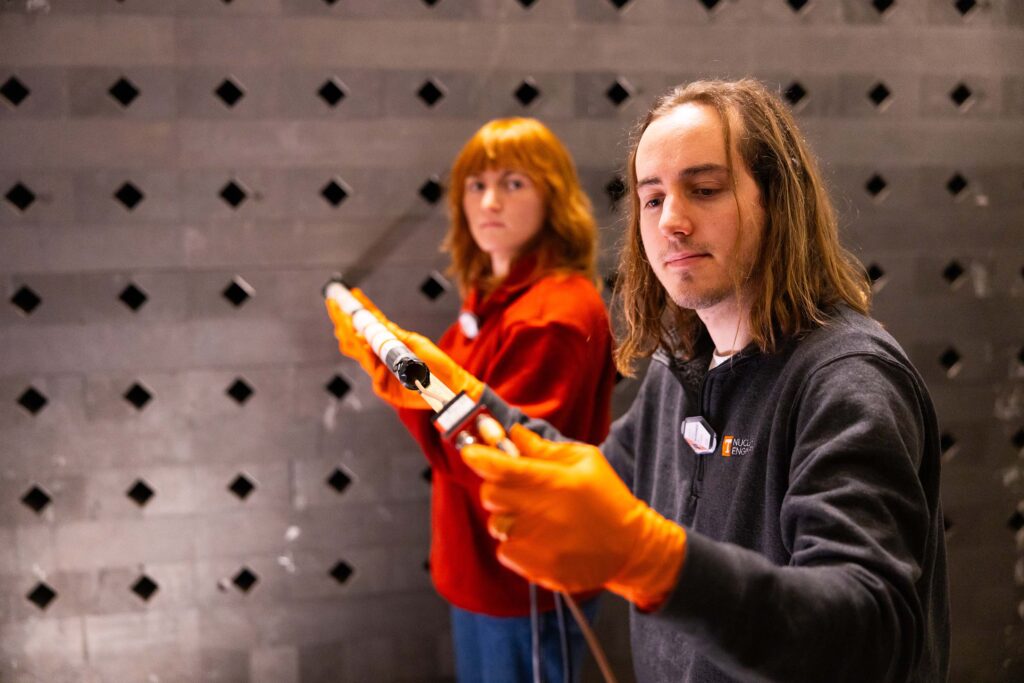
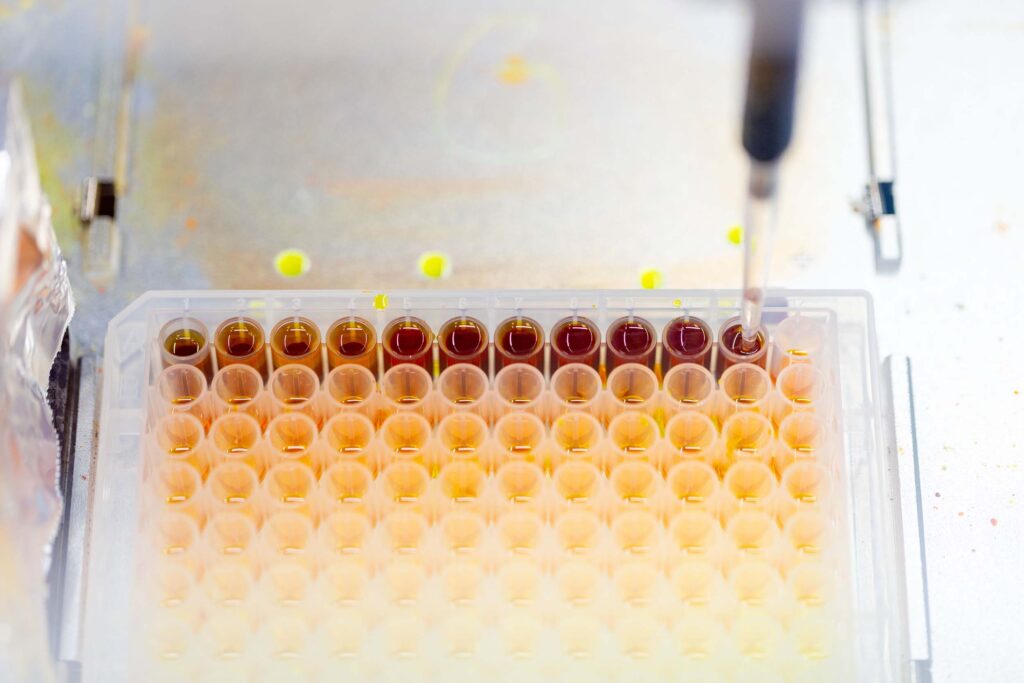
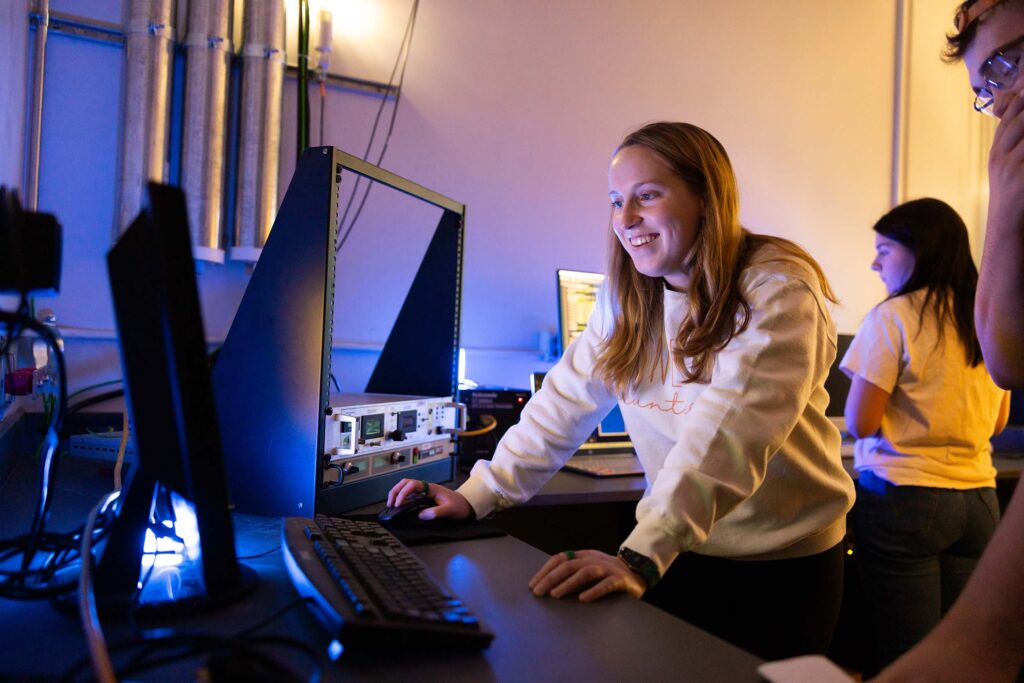
We seek to understand and promote clean energy systems that enable sustainable growth with clean, reliable, and affordable energy for all.
UT faculty and students are developing clean energy solutions across multiple scales, from quantum materials to global power grids. At each step, our researchers are working to improve the efficiency, sustainability, and resilience of energy supply and distribution.
The development and implementation of sustainable clean energy systems encompass a range of technologies and applications, from energy sources to deployment to commercial and residential application. In this space, we are working together with industry, government, and community partners to build a future in which energy is reliable and accessible to all.
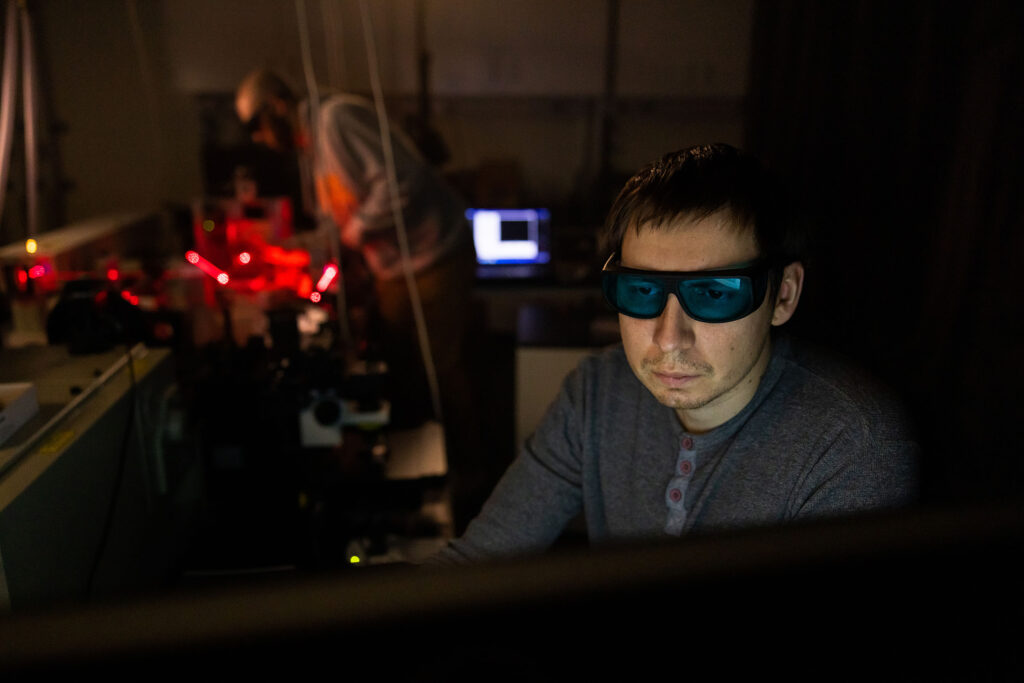
UT’s Approach
UT is a world leader in the development of technologies that yield next-generation advanced materials, including those for performance in extreme environments, solar cells, wind turbine blades, and nuclear energy reactor components.
In collaboration with Oak Ridge National Laboratory, UT is building capacity to address the most pressing challenges to fusion technology feasibility. Research priorities include advancing high-temperature superconducting magnets, plasma-facing materials, tomahawk reactor design, and computational frameworks for multiscale modeling.
UT faculty are also advancing the next generations of small modular reactors for safe, cost-efficient fission energy. They develop new safeguards and apply advanced instrumentation and physics-informed machine learning to optimize maintenance and operation strategies.
We continue advancing the power electronics systems [MM1] that enable high levels of renewable energy to be integrated onto the nation’s energy grid. We study distributed energy resources and microgrids to improve performance and increase resilience and energy efficiency. Teams are applying machine learning to develop effective energy management systems for microgrids.
The US Department of Energy has recognized UT’s leadership in power electronics. With a $2.8 million grant, UT will lead seven partners in projects aimed at the development of ultrafast, efficient, and reliable next-generation semiconductor switch modules for the nation’s power grid.
Faculty also work at the intersection of energy and mobility. Their work prepares the grid to support the shift to electric vehicles and explores how to use vehicle batteries for energy storage.
“The industry-academic partnership that CURENT [UT’s Center for Ultra-Wide-Area Resilient Electric Energy Transmission Networks] has crafted over the years provides its students with a myriad of opportunities to work with industry members on sponsored projects, internships, and full-time employment after graduation. This partnership trains students to think of practical solutions to unsolved challenges while still considering the energy transition that is facing the future power grid.”
—Melanie Bennett, graduate student
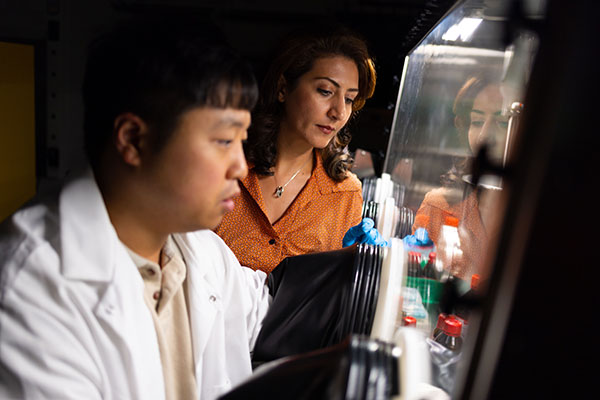
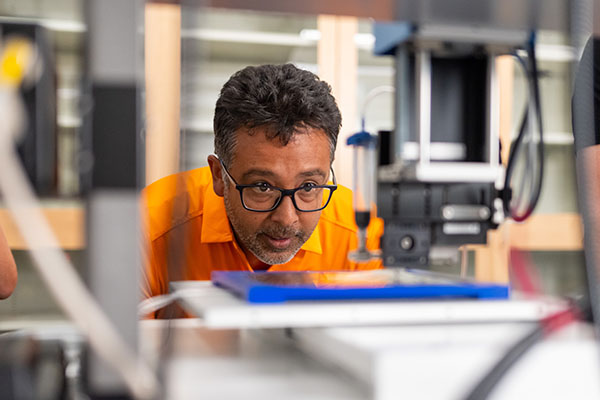

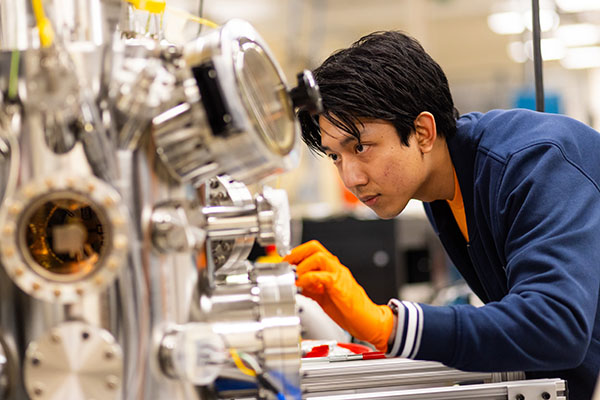
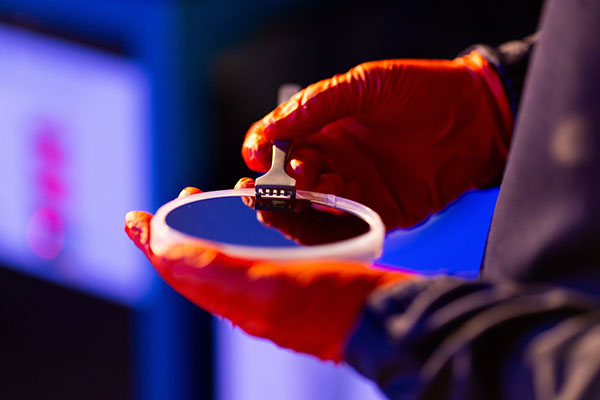
Highlights

Our Researchers
-

Assistant Professor, Materials Science & Engineering
Laboratory robotics, hybrid materials, hybrid perovskites, dynamic materials and devices, optoelectronic devices, electronic and ionic transport in semiconductors, charge transport phenomena, development of novel materials for high energy radiation sensors
-
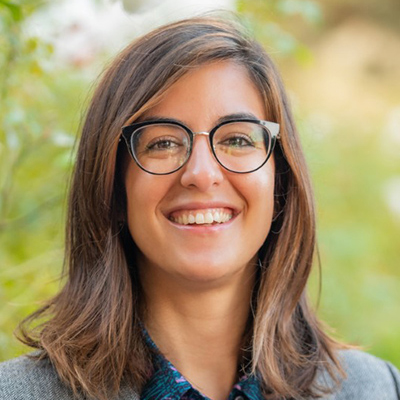
Assistant Professor, Nuclear Engineering
Development of optimization methodologies for neutron and photon transport with a focus on the fast neutron source experimental facility, tailoring neutron beams characteristics and designing beam shaping assemblies for specialized applications, validation of computational methodologies through a series of neutron activation experiments
-
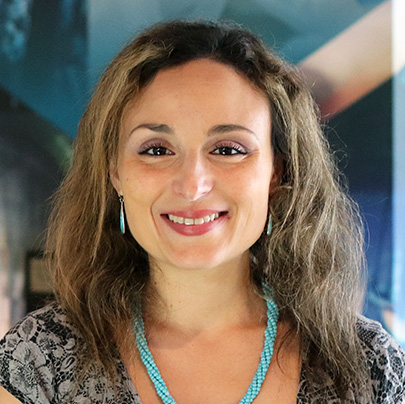
Zinkle Fellow and Assistant Professor, Nuclear Engineering
Nuclear fusion energy, plasma, and nuclear physics
-
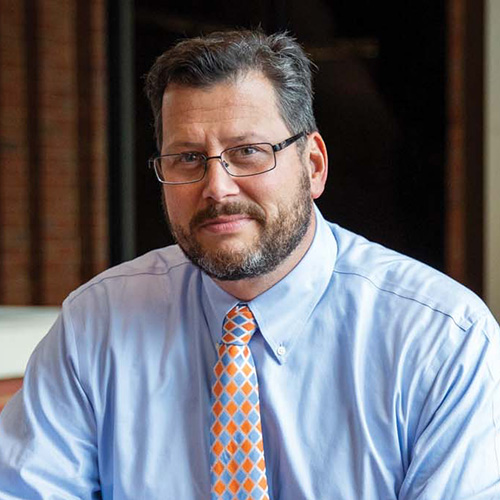
Chancellor’s Professor & Wayne T. Davis Dean’s Chair, Tickle College of Engineering
Electrochemical energy storage and conversion including batteries (flow batteries, conventional and all solid state, fuel cells, electrolyzers)
-

UT–ORNL Governor’s Chair for Polymer Science
Solid state batteries, flow batteries, fundamentals of ion and proton transport in liquids and polymers, ion transport at interfaces, polymer dynamics, glass transition
-
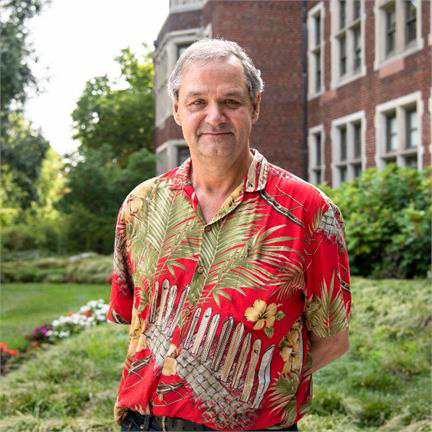
Professor, Biosystems Engineering & Soil Science
Cover crops and soil health, nutrient and manure management, the appropriate use of alternative fertilizer materials, waste utilization, nutrient cycling and water quality
-
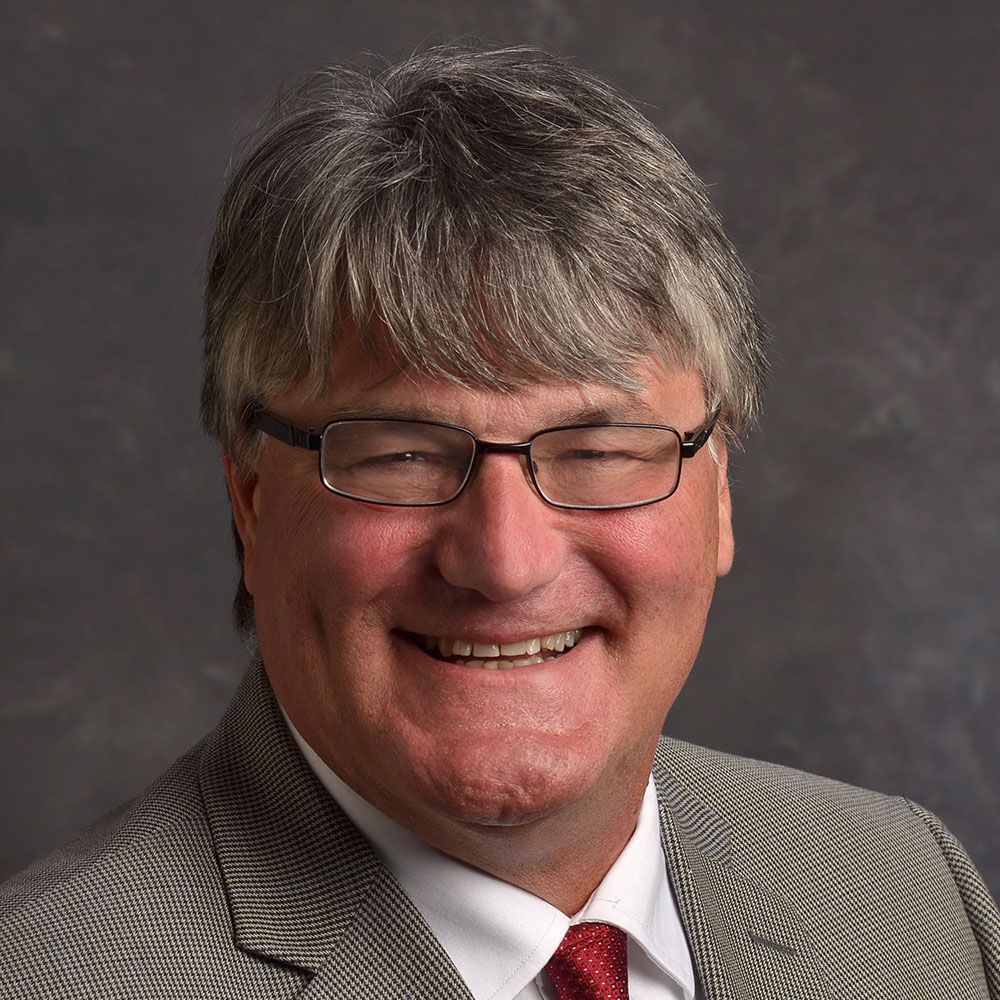
UT-ORNL Governor’s Chair for Electrical Energy Conversion & Storage
Electrolytes and composite electrodes for fuel cells, fundamentals of energy storage materials and systems, water management in fuel cells
-
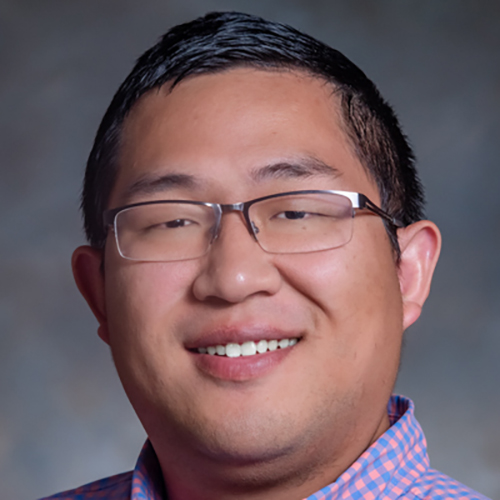
Associate Professor, Mechanical, Aerospace & Biomedical Engineering
Low carbon fuels, renewable energy, grid energy storage and batteries, electric vehicles, thermal management of energy storage systems, Li-ion battery thermal runaway

